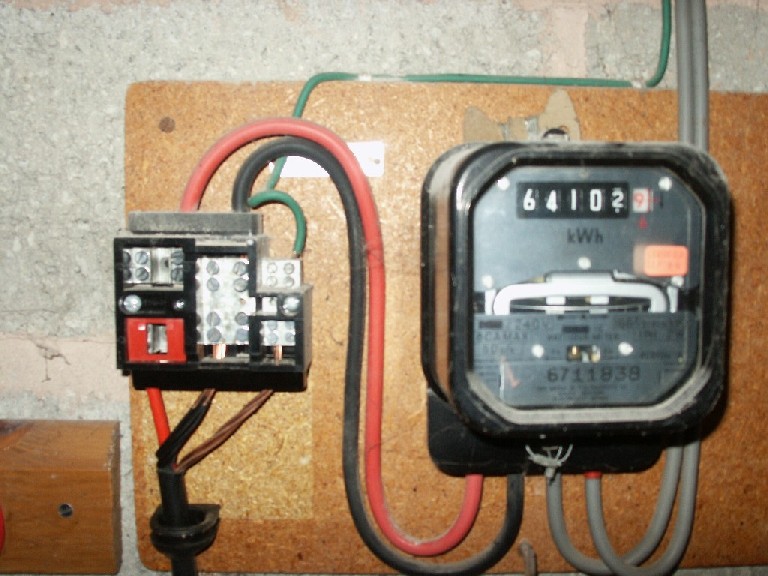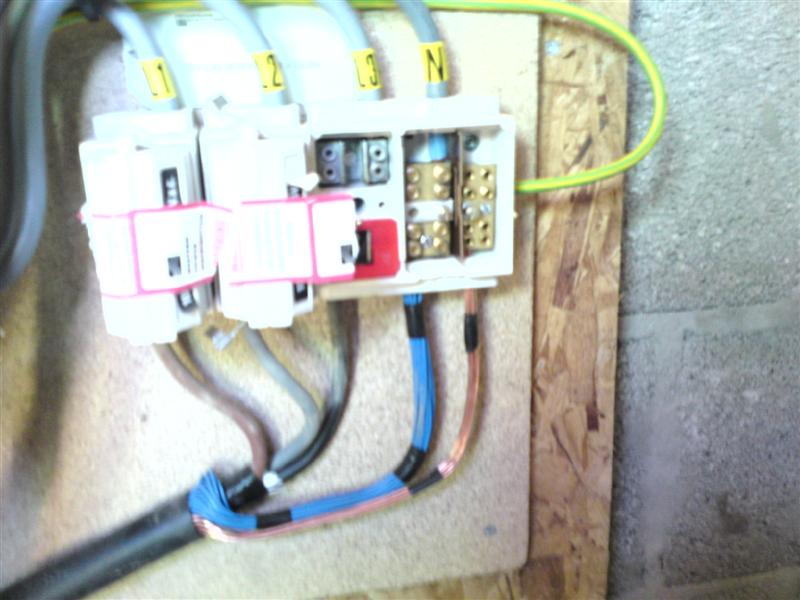Hi,
Quick question about my meter tails... I have a 100a service head with an 80a fuse in, from there we have 16mm tails and 16mm earth. From the meter to the consumer unit there is 16mm tails and 16mm earth. We have no electric shower (comes from heating) and our cooker is only rated at 13a. Will this be OK or does it require looking at to be changed?
I'm not sure of our earthing arrangement but when British gas came to change our meter I got a look in the service head while he was checking it and there looks to be a split con cable with bare copper going in to the neutral and separate bare copper going to the earth block in the service head (the bit where you would PME it from)
Just a bit of advice please
THanks
Quick question about my meter tails... I have a 100a service head with an 80a fuse in, from there we have 16mm tails and 16mm earth. From the meter to the consumer unit there is 16mm tails and 16mm earth. We have no electric shower (comes from heating) and our cooker is only rated at 13a. Will this be OK or does it require looking at to be changed?
I'm not sure of our earthing arrangement but when British gas came to change our meter I got a look in the service head while he was checking it and there looks to be a split con cable with bare copper going in to the neutral and separate bare copper going to the earth block in the service head (the bit where you would PME it from)
Just a bit of advice please
THanks



